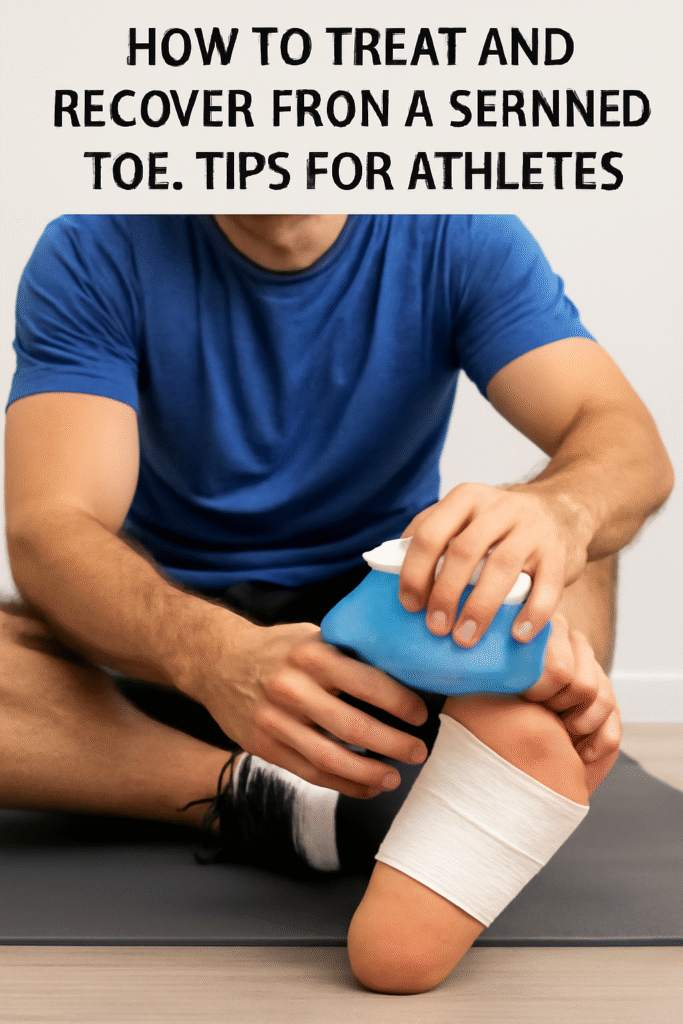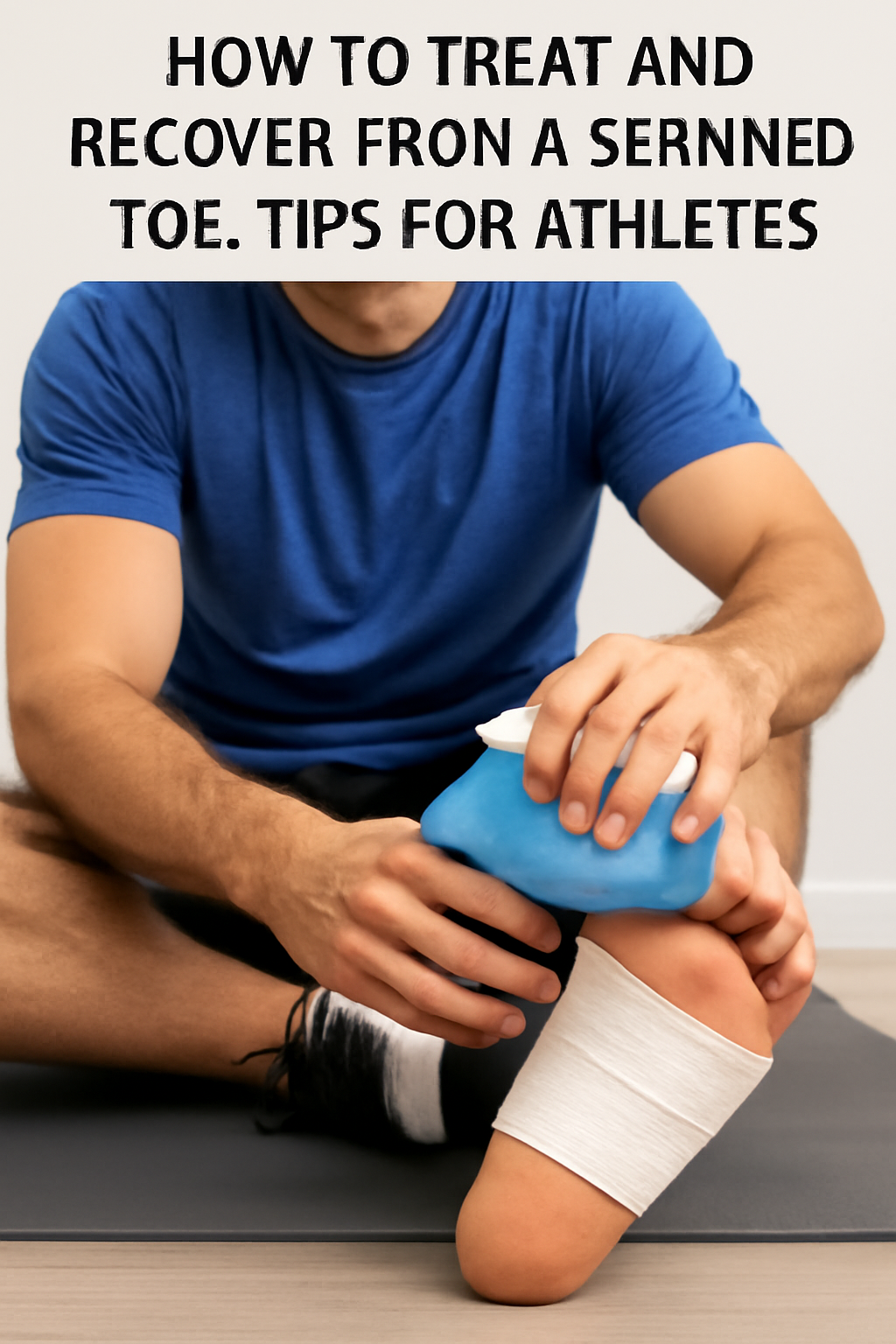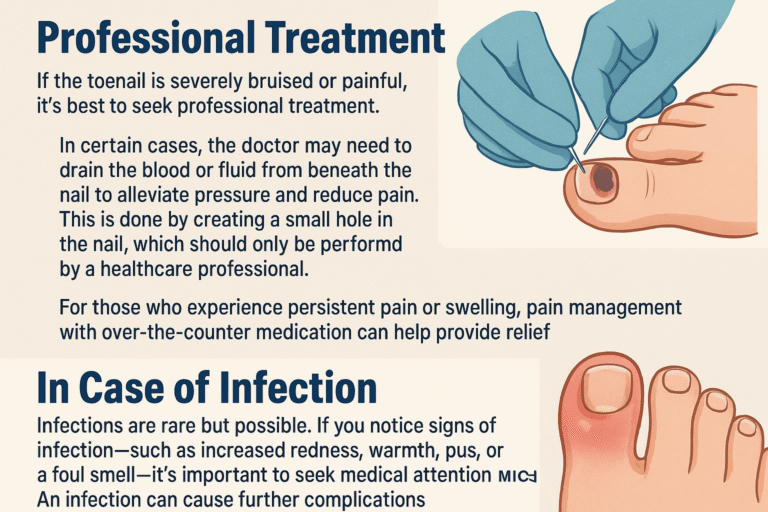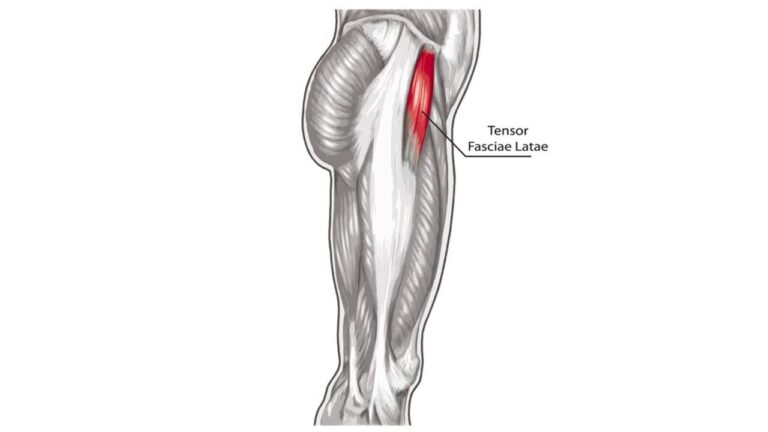How to Treat and Recover from a Sprained Toe: Tips for Athletes
A sprained toe, though often overlooked, can be a significant setback for athletes. Whether caused by a sudden twist, a fall, or an overzealous sprint, a sprained toe can affect your mobility and performance. It’s essential to know how to properly treat and recover from this injury to ensure a full recovery and get back to your sport as quickly as possible.

Table of Contents
What is a Sprained Toe?
A sprained toe occurs when the ligaments in the toe are stretched or torn due to sudden or excessive force. It commonly happens in sports that involve running, jumping, or sudden direction changes. The most common sprain is the “turf toe,” which affects the big toe and occurs when the toe is bent backward.
Symptoms of a Sprained Toe include:
- Pain at the site of the injury
- Swelling and bruising
- Limited range of motion
- Difficulty walking or standing for long periods
While a sprained toe can be painful and debilitating, knowing how to manage the injury can significantly reduce recovery time.
Immediate First Aid: The R.I.C.E. Method
When you sustain a sprained toe, it’s crucial to take immediate action to minimize swelling and prevent further damage. The R.I.C.E. method is the gold standard for initial treatment:
1. Rest
Avoid using the injured foot. Resting is the first step in allowing the body to start its healing process. For athletes, it may be difficult to refrain from physical activity, but it’s essential to prevent further strain on the injured toe.
2. Ice
Apply ice to the affected area for 15–20 minutes every 2–3 hours during the first 48 hours after the injury. This will help reduce swelling and numb the pain. Be sure to use a cloth or towel between the ice pack and your skin to avoid frostbite.
3. Compression
Using an elastic bandage to wrap the injured toe will help reduce swelling. Be careful not to wrap it too tightly, as this could lead to further complications such as restricted blood flow.
4. Elevation
Keep the injured foot elevated above heart level as much as possible. This position helps prevent excessive swelling and improves circulation to the area. Prop your foot up on a pillow while resting to keep it elevated.
Medical Treatment Options
While the R.I.C.E. method can manage many sprains effectively, there may be cases where further medical attention is needed.
Buddy Taping
Buddy taping involves taping the injured toe to an adjacent toe for added support. This method helps immobilize the toe, preventing it from moving and allowing it to heal faster. However, it’s essential to do this under professional guidance to ensure proper technique and prevent further damage.
Protective Footwear
Sometimes, a walking boot or stiff shoe is necessary to prevent the toe from moving during daily activities. This is especially helpful if the sprain is moderate to severe.
Pain Relief
Over-the-counter pain medications, such as ibuprofen or acetaminophen, can help manage pain and inflammation. Always follow the recommended dosage and consult a healthcare professional if the pain persists.
When to Seek Medical Attention
If the pain is severe, there’s a visible deformity, or you are unable to move or bear weight on the toe, it’s essential to see a healthcare provider immediately. You may need X-rays to rule out fractures.
Rehabilitation and Recovery
Once the acute pain and swelling begin to subside, rehabilitation becomes crucial for a full recovery. Restoring the toe’s range of motion and strength is key to avoiding long-term complications.
Toe Exercises
Gentle stretching and strengthening exercises will help the injured area regain its full functionality:
- Toe Stretching: Gently stretch the toe by pulling it toward your body. Hold for 10 seconds and release. Repeat this several times.
- Towel Curls: Place a towel on the floor and use your toes to pull it toward you. This will help strengthen the muscles in your toes.
- Resistance Band Exercises: Using a resistance band, pull your toes away from the foot to enhance flexibility and strength.
Gradual Return to Activity
Don’t rush back into sports too soon. Start with low-impact activities like swimming or cycling, and gradually increase intensity. Always listen to your body, and if pain or discomfort returns, stop and give the toe more time to heal.
Preventing Future Toe Sprains
To reduce the risk of future toe sprains, consider the following prevention tips:
- Footwear: Wear shoes that provide proper arch support and cushioning. Make sure they fit well and are designed for your specific sport.
- Warm-ups and Stretches: Incorporate dynamic stretches and warm-up exercises before engaging in physical activity to prepare your muscles and ligaments.
- Surface Considerations: If you’re playing on hard or artificial surfaces, be aware that these can increase the risk of injury. Always wear appropriate footwear designed for these surfaces.
When to Seek Medical Attention
If you’re unable to walk, there’s severe pain or swelling, or you see a noticeable deformity, it’s time to consult a doctor. A healthcare professional can assess the injury and determine if any further medical intervention, such as imaging or advanced treatments, is needed.
Conclusion
A sprained toe can certainly be an inconvenience for athletes, but with the right treatment and care, you can bounce back and return to your favorite sports activities. By following the R.I.C.E. method, seeking professional advice when needed, and incorporating rehabilitation exercises, you can speed up recovery and prevent future injuries. Remember to listen to your body and give yourself the time you need to heal properly.
FAQs
- How long does it take for a sprained toe to heal?
Healing time depends on the severity of the sprain. Mild sprains may heal in 1-2 weeks, while more severe cases may take 4-6 weeks. - Can I walk with a sprained toe?
It’s best to avoid putting weight on the injured toe, especially in the first few days. You may need crutches to help with mobility. - Is buddy taping effective for a sprained toe?
Yes, buddy taping can help stabilize the toe and reduce movement, aiding in recovery. - Should I apply heat to a sprained toe?
Heat should generally be avoided in the first 48 hours after the injury. Ice is more effective in reducing swelling and pain during this period. - When can I return to sports after a sprained toe?
You can return to sports when your toe is no longer painful and you’ve regained full mobility. Always consult a healthcare professional before resuming activity.



